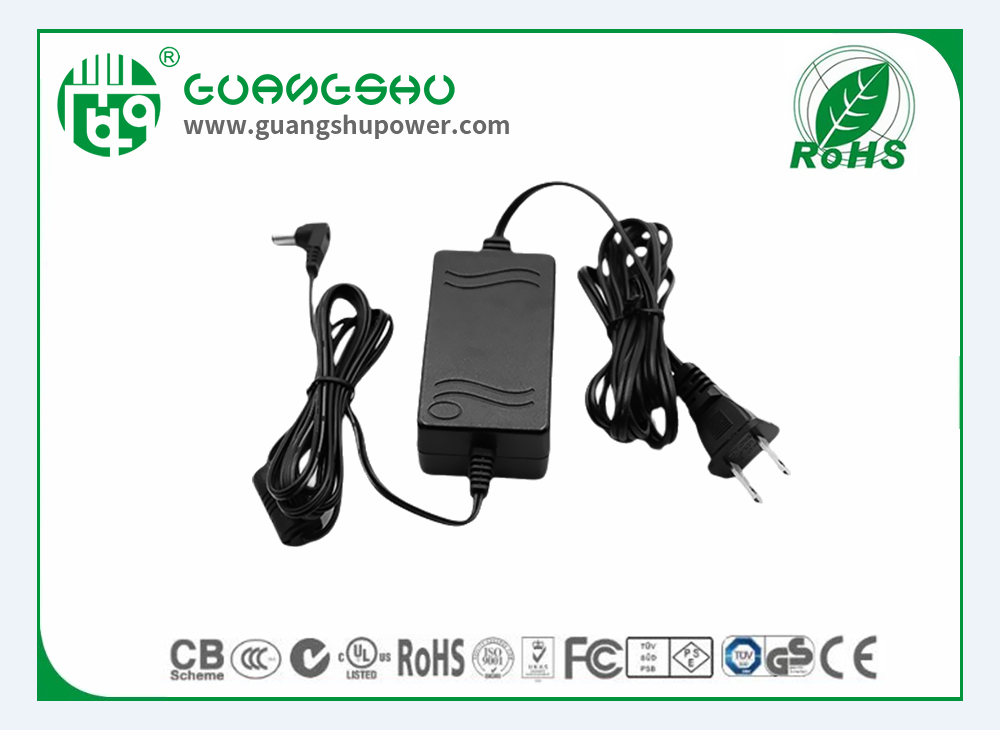Time:2024-09-04 Views:0

1、 Line issues
Line issues, including power cord damage, lack of power supply, poor DC head contact, etc. Check if the input and output lines can be powered on normally.
When a fault occurs in the circuit, it can be resolved by replacing the DC or AC line.
2、 Output voltage too low
The following are the main reasons for low output voltage:
1. If there is a short circuit fault in the power adapter load (especially in the DC/DC converter or with poor performance), first disconnect all loads in the power circuit and check whether the switch power circuit or the load circuit is faulty. If the load circuit is disconnected and the voltage output is normal, it indicates that the load is too heavy; Or if it is still abnormal, it indicates that there is a fault in the switch power supply circuit.
2. The fault of the output voltage filtering capacitor or rectifier diode can be determined by replacing it.
3. The performance of the switch tube deteriorates, causing the switch tube to fail to conduct normally, increasing the internal resistance of the power supply and reducing the load capacity.
4. Poor switching transformers not only cause a decrease in output voltage, but also lead to insufficient excitation of the switching tubes, resulting in damage to the switching tubes.
Poor filtering capacitor of 5.300V results in poor load capacity of the power supply. Once the load is connected, the output voltage will drop.
3、 Output voltage too high
High output voltage generally comes from voltage regulation sampling and voltage regulation control circuits. In a closed-loop control circuit composed of DC output, sampling resistor, error sampling amplifier such as TL431, optocoupler, power control chip, etc., any problem in any part can cause an increase in output voltage.
4、 The fuse tube is normal and there is no output voltage
The fuse tube is normal and there is no output voltage, indicating that the switch power supply is not working or has entered a protective state. Firstly, check the starting voltage value of the power control chip's starting pin. If there is no starting voltage or the starting voltage is too low, check whether there is leakage in the external components and starting resistors of the starting pin.
If the power control chip is normal, faults can be quickly detected through the above monitoring. If there is a startup voltage, measure whether there are high and low level transitions at the output terminal of the control chip during startup. If there is no jump, it indicates that the control chip is damaged, the peripheral oscillation circuit components are damaged, or the protection circuit is faulty. Replace the control chip, check the peripheral components, and inspect them one by one; If a jump occurs, in most cases, the switch tube is poor or damaged.
5、 The fuse is blown
Mainly inspect the rectifier bridge, diodes, switches, and large filtering capacitors on 300V. The fuse may be burnt out or blackened, or it may be caused by problems in the anti-interference circuit. It is particularly noteworthy that the fuse burns out due to the breakdown of the switch tube, which usually damages the power control chip and current detection resistor. Thermistors are also prone to burning out with fuses.
Read recommendations:
4.2V Australian standard battery charger